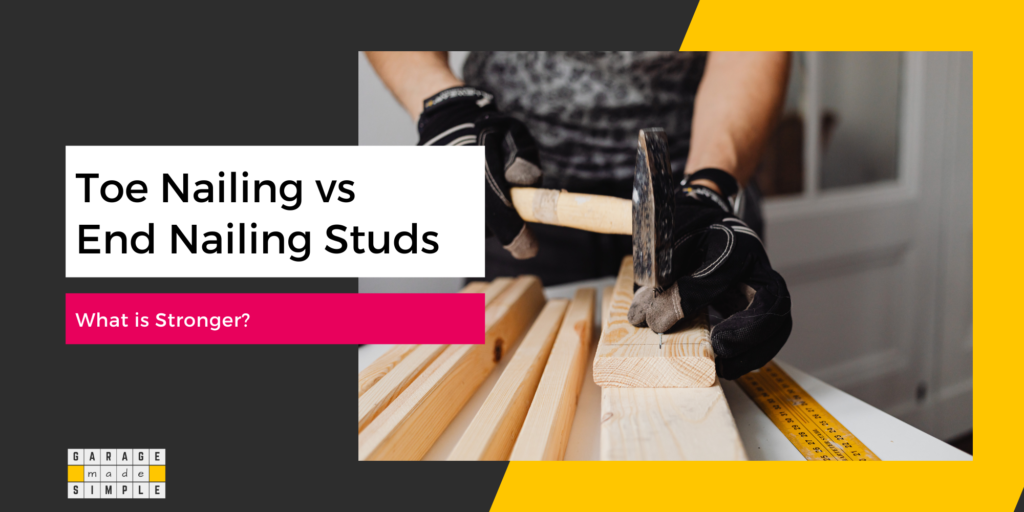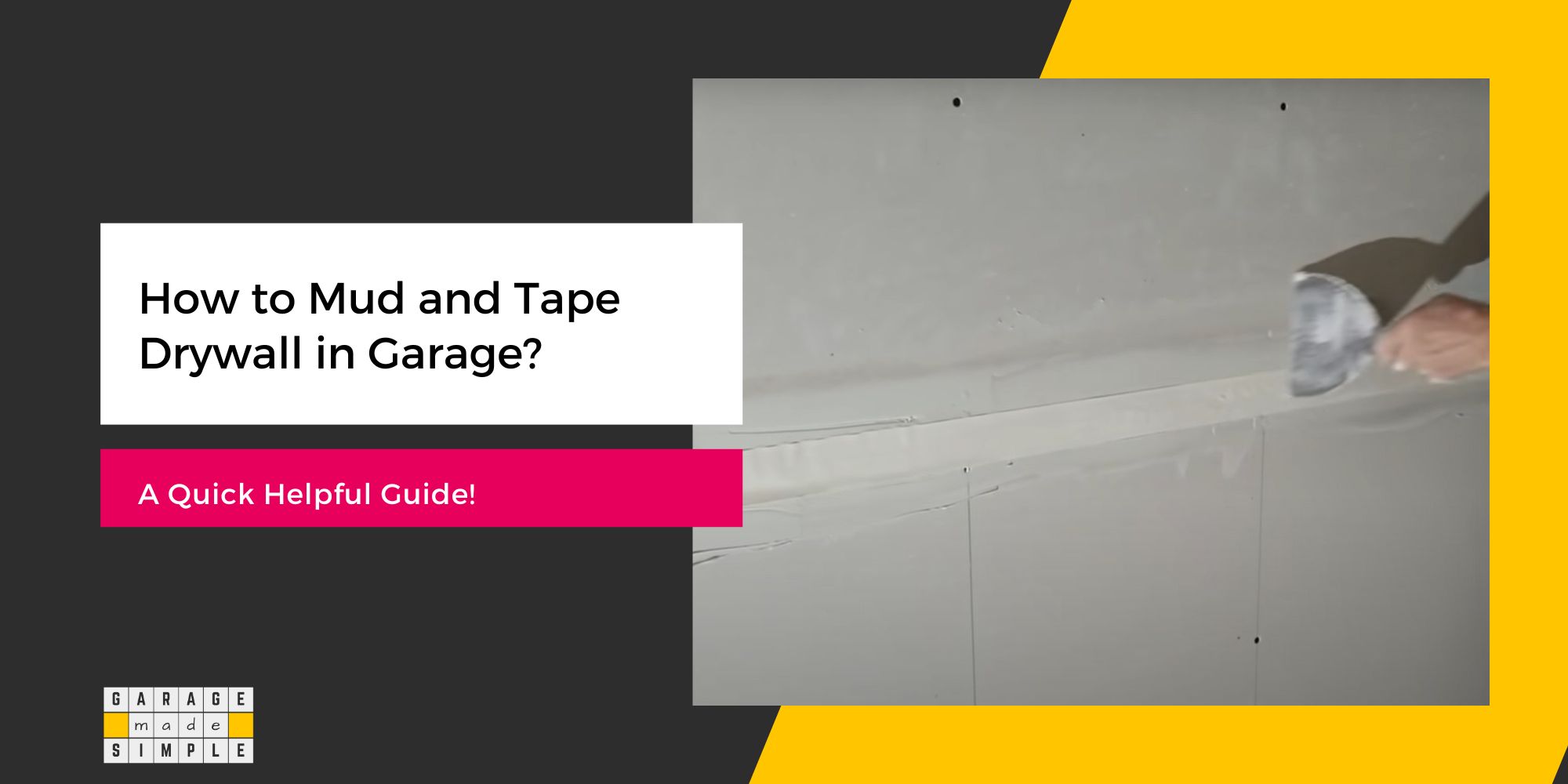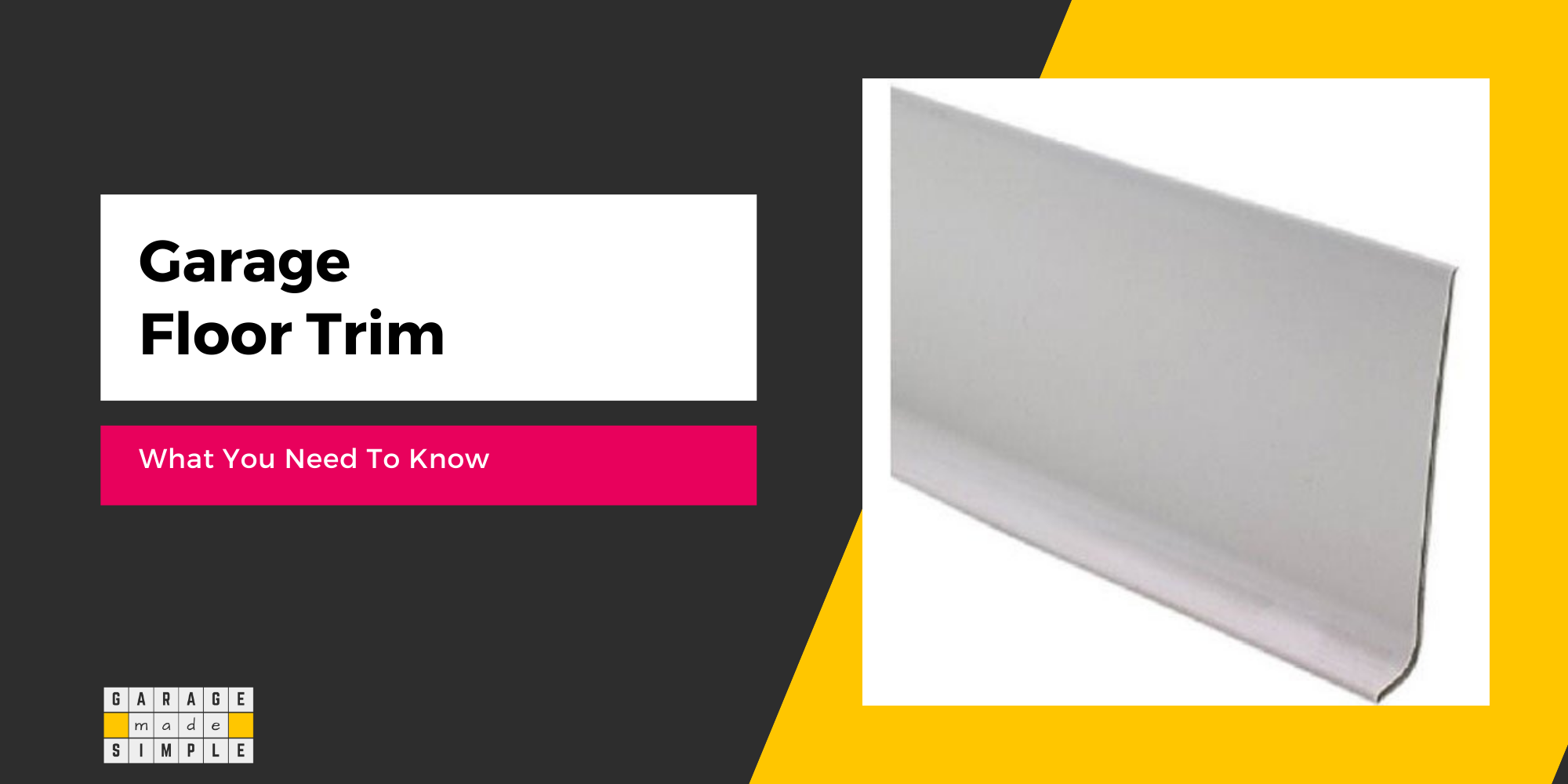Toe Nailing vs End Nailing Studs: What is Stronger? (Explained!)
As an Amazon Associate, I earn from qualifying purchases.
Toe Nailing vs End Nailing Studs: What is Stronger?
Building stud wall frames for your garage? That’s a lot of studs to be joined to the plates! You need to drive in a lot of nails! So when it comes to toe nailing vs end nailing studs, what is stronger?
Toe nailing a stud to a bottom or top plate is stronger than end nailing due to stronger mechanical interlocking.
In both methods, frictional grip, mechanical interlocking forces and the clamping effect hold the stud to the bottom or top plate. However, mechanical interlocking in toe nailing is higher than end nailing because the nails are at an angle to both pieces of wood.

The angle of the toe nail also distributes the load of the connection over a larger area, making it more stable. Moreover, when it comes to toe nailing vs end nailing studs, toe nailing is less likely to split the wood than end nailing.
Which Factors Affect Frictional Grip of Nails to Studs?
Frictional grip is the resistance to motion between the nail and two pieces of wood that holds them together. The strength of the frictional grip depends on:
- Roughness of the nail’s surface: A rougher surface on the nail will create more points of contact with the wood.
- Hardness of the nail: A harder nail will create a greater resistance to bending and deforming, which increases the frictional grip.
- Size of the nail: A larger nail will have a larger surface area in contact with the wood.
- Number of nails used: Using more nails will increase the total amount of surface area in contact with the wood.
- Nail spacing: Proper spacing of nails will ensure that the load is evenly distributed, which will increase the frictional grip.
- Quality & type of the wood: Hardwood generally has more fibers, which will grip the nail more tightly. Softwood will grip the nail less tightly.
- The angle of the nail: A toe nail that is driven at an angle will create more mechanical interlock, which in turn will increase the frictional grip.
- Pre-drilling the hole: Pre-drilling the hole, especially for hardwoods, reduces the chance of wood splitting. This increases the grip and allows for easy insertion of the nail.
Which Factors Affect Mechanical Interlocking of Nails to Studs?
Mechanical interlocking is the way in which the nails physically lock into the wood, creating a secure connection between the stud and the plate. The mechanical interlock increases the withdrawal resistance of the nail and makes the connection stronger.
When toe nailing vs end nailing studs, the nail is driven at an angle into both the 2×4 stud and the plate. A toe nail forces the wood fibers to split around the nail. As a result it is more difficult to pull the nail out.
The mechanical interlocking between a stud and a plate using nails can be increased by:
- Toe-nailing: Toe-nailing is the process of driving nails at an angle, typically 45 degrees, into the side of the stud and the plate. This creates a mechanical interlock by forcing the wood fibers to split around the nail and making it more difficult to pull the nail out.
- Increasing the number of nails: Using more nails will increase the mechanical interlocking by creating more points of engagement between the nails and the wood.
- Using larger nails: Larger nails will have a larger surface area in contact with the wood. The points of engagement and, therefore, the mechanical interlocking is increased.
- Closer spacing between nails: Driving the nails closer together will create more points of engagement and higher mechanical interlocking.
Which Factors Affect Clamping Effect of Nails to Studs?
The clamping effect is the force that holds the stud and plate together by compressing the wood fibers between the nail and the plate or the stud. The clamping effect is created by the shank of the nail and it increases as the nail is driven further into the wood.
The clamping effect is a key factor in creating a strong connection between the stud and the plate.
The clamping effect between a stud and a plate using nails can be increased by:
- Using longer nails: Longer nails will have a longer shank and create more clamping force on the wood fibers between the nail and the plate or stud.
- Increasing the number of nails: Using more nails will increase the clamping effect by creating more points of engagement between the nails and the wood.
- Using larger nails: Larger nails will have a larger surface area in contact with the wood and create a higher clamping force on the wood fibers.
- Increasing nail penetration: Driving the nails further into the wood will increase the clamping effect as the shank of the nail will compress more wood fibers.
Bottom Line
The bottom line is that a vertical stud is usually attached to a horizontal plate using nails. Toe nailing or end nailing studs are the two commonly used methods.
When considering toe nailing vs end nailing studs, toe nailing results in a stronger joint, provided all other factors such as type of wood, size of nails, etc. is the same.
Note:
For increased productivity, use a nail gun such as:
Metabo HPT Framing Nailer
Metabo HPT Framing Nailer (NR90AES1)
The NR90AES1 framing nailer drives plastic collated nails from 2″ up to 3-1/2″ in length and features Metabo HPT’s next generation “industrial design.”
The NR90AES1 framing nailer is great for flooring and framing, truss build-up, window build-up, sub flooring, roof decking, wall sheathing and housing construction.
Thank you very much for reading the post. I do hope you found it informative and useful.







